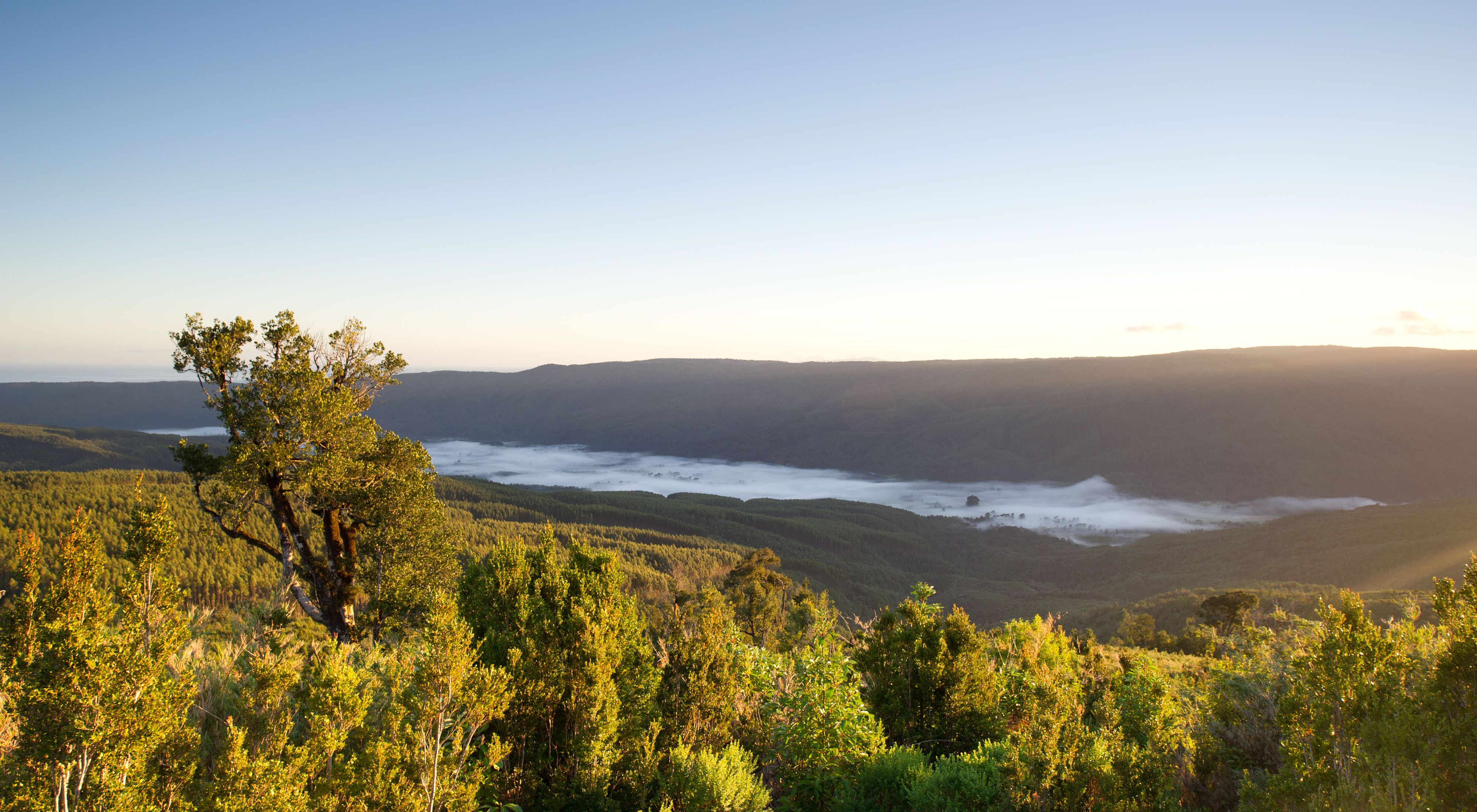The Nature Conservancy works across the globe on conservation strategies ranging from protection of critical lands and waters to building and supporting resilient and sustainable conservation economies. In the face of a rapidly changing climate, the Conservancy recognizes the urgency to accelerate conservation in key regions and habitats with global ecological relevance.
To advance the Conservancy's mission, and improve the quality of lands and waters that populations around the world depend on, the Conservancy and BHP are working together on significant projects in Australia and Chile.
Australia
The Martu Living Deserts Project is an innovative collaboration between BHP Iron Ore (BHPIO), The Nature Conservancy Australia (TNC) and Kanyirninpa Jukurrpa (KJ), which aims to sustainably manage and protect the lands heritage of one of the world's oldest cultures.
For thousands of years, three of Australia's western deserts have evolved under the stewardship of their Traditional Owners, the Martu people. Their lands - or 'country' - include parts of the Great Sandy, Little Sandy and Gibson Deserts and span an area larger than the state of Mississippi.
The Martu lands are part of the most intact arid ecosystem anywhere on Earth and are home to many of Australia's most threatened species, like the Greater Bilby, the Black-flanked Rock-wallaby and the Marsupial Mole. These lands also hold immense cultural significance - extensive rock art galleries and significant Jukurrpa (dreaming) stories. Having lived on country for at least 5,000 years, the Martu people have an immense depth of traditional knowledge. Their management is central to the ongoing survival of this vast and important arid landscape.
Martu, through KJ, sought out the assistance of the BHPIO and the Conservancy to help increase their capacity for sustainable and effective conservation, while balancing Martu aspirations to look after country and to harness economic development. With support from BHPIO and conservation and capacity-building expertise at TNC, this collaboration has provided a model that can be replicated around the world. As opportunities for creating sustainable landscapes within Indigenous communities and elsewhere continue to arise, this model is successfully demonstrating that leveraging private investment in conservation can lead to favorable outcomes for all.
Chile
The Valdivian Coastal Reserve is part of an ancient temperate rainforest rising from Chile’s southern coastline. It is a top priority conservation site in Chile (and the world), due to its forest and marine resources. During the last Ice Age, this coastal range served as a freeze-free refuge for a multitude of species found nowhere else on Earth.
Among these unique species are two of the planet’s longest living tree species. Olivillo trees, which can live up to 400 years, survive in large stands only on the western slopes of this range, and alerce trees, which resemble North American giant sequoias, have life spans of up to 3,600 years.
These forests also harbor an incredible wealth of wildlife including one of the world’s largest woodpeckers; one of the world’s smallest deer; a small tree dwelling marsupial (‘mountain monkey’) considered by scientists to be a "living fossil;" at least 58 bird species; and several rare carnivores, such as the southern river otter.
From 2013-2015, a contribution of $8.9 million will be made by BHP to cover the original acquisition costs of the Valdivian properties, the near-term conservation management activities, and the reforestation work. It is then anticipated that a further $11.5 million will be provided to fund the establishment of a long term endowment, from which conservation activities can be funded for the long-term. Any earnings obtained from forestry or carbon credits will be reinvested in the conservation work. By bringing in new stakeholders and strengthening the commitment of various public, private and civil society actors in favor of preserving this emblematic land for Chile and the world, the project can protect biodiversity across the region, and potentially encourage other major companies to act towards a similar goal.
North America
The Sustainable Rivers and Forests Initiative is a $14 million investment by BHP to support conservation within Texas’ Columbia Bottomlands region and five counties in Arkansas. In Texas, the Conservancy has protected more than 1,800 acres just 60 miles southwest of Houston, and is employing a variety of land management techniques to restore river frontage, grasslands, bottomland forests and wetlands in order to reduce pollution and improve surface water quality in the San Bernard and Brazos rivers.
In Arkansas, the initiative will help safeguard 3,500 acres along a 10-mile stretch of the upper Little Red River, through erosion mitigation, a watershed protection program, and the reforestation of 200 acres of freshwater wetlands and riparian areas. Both projects include on-site outdoor education facilities. BHP's investment represents the single largest freshwater investment from a corporation in The Nature Conservancy’s 50-year history in both Texas and Arkansas, and it represents a bold step forward in the name of whole-system conservation.
